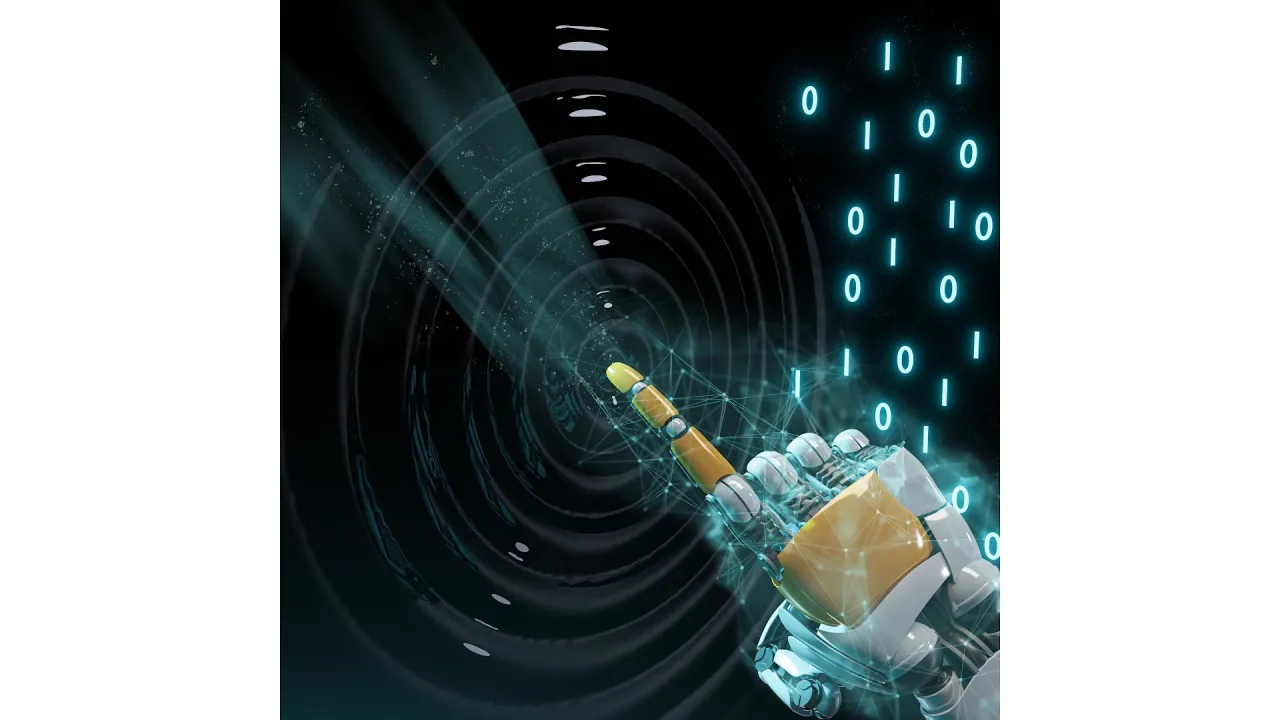
Smart memory devices that can sense
In-memory sensing technology will facilitate electronic systems that are faster, smaller and consume less energy.
About
Smart systems and environments of the future will require merging analog sensing and digital memory functions into single electronic components, suggests KAUST computing engineer Nazek El-Atab. “In-memory sensing,” as the infant technology is called, will use integrated “MemSor” devices that are directly programed by the intensity of external stimulus acting on them, achieving dramatic improvements in speed, miniaturization and energy consumption.
“We are introducing a new concept,” explains El-Atab, lead author of the paper. “Over the coming months, we want to publish original research to present our results in the field.”
To create faster devices, component engineers have, until recent years, simply crammed more transistors onto the chips they design. With this strategy now reaching its physical limits, they have been developing more streamlined computer architectures. In-memory computing, for example, merges memory and processing functions to avoid the time-consuming process (in computer terms at least) of bussing data back and forth between separate RAM and CPU components, as per traditional “von Neumann architecture.” Companies now developing it commercially include Google, Facebook and Microsoft.
Read the full text.
